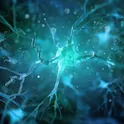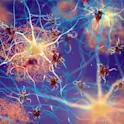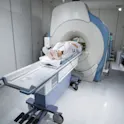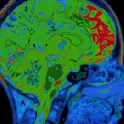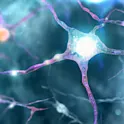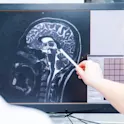
Neuroscience
04 Nov 2022
From ghost gear to microbe memories: 4 Frontiers articles you won’t want to miss
by Angharad Brewer Gillham, Frontiers science writer Image: Shutterstock.com At Frontiers, we bring some of the world’s best research to a global audience. But with tens of thousands of articles published each year, many often fly under the radar. Here are just four amazing papers you may have missed. The hunt for ghost gear 25-30% of the plastic waste in the sea is lost fishing gear, or ‘ghost gear’, some of it now up to 60 years old. This ghost gear devastates the environment not only through continuing to trap fish, but also by shedding microplastics into the environment which then enter the food chain. Once it sinks as far as the sea floor, it becomes invisible from above – a hidden threat to the marine ecosystem. A team led by Andrea Stolte from the World Wildlife Foundation, writing in Frontiers in Marine Science, reported a successful ghost-hunting collaboration between fisherfolk, scientists, and divers in the Baltic Sea. This coalition of stakeholders had several options for hunting down the ghost gear. Traditionally, when lost gear is spotted, fisherfolk use search hooks and other similar tools to try to retrieve it. However, this proved to be inefficient and damaging to the […]
